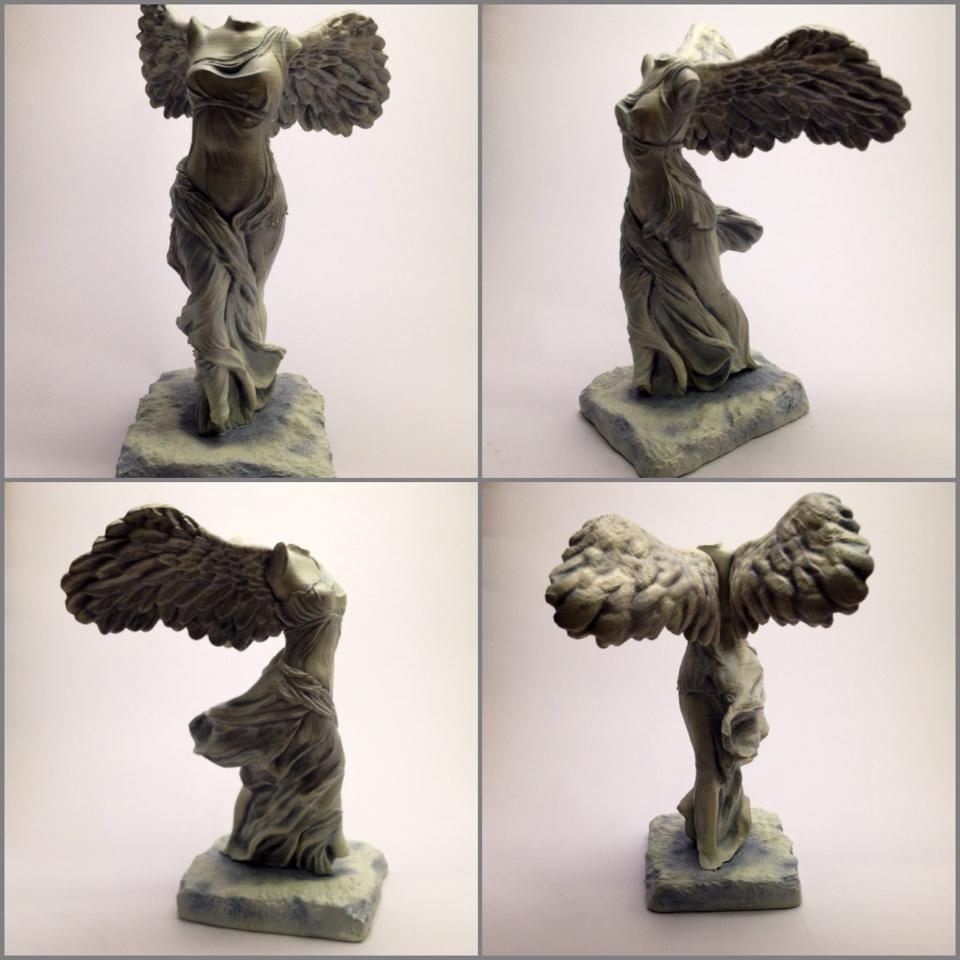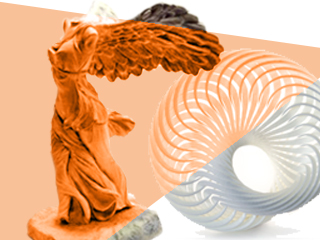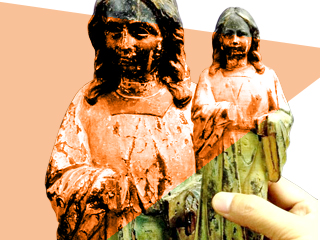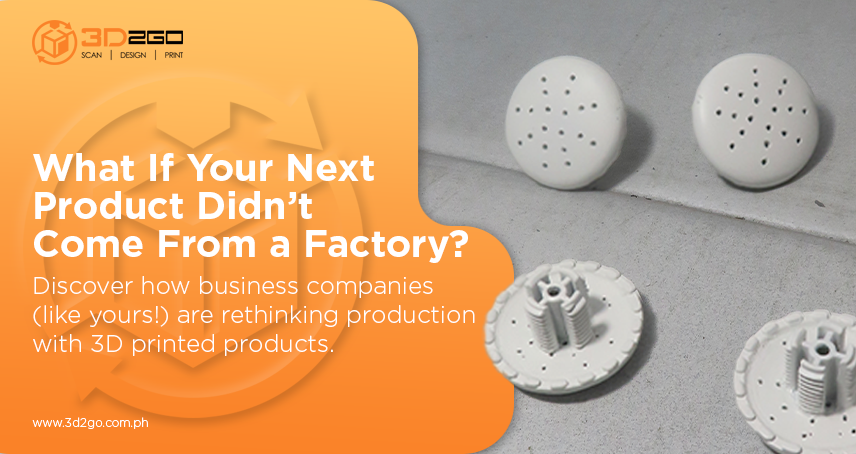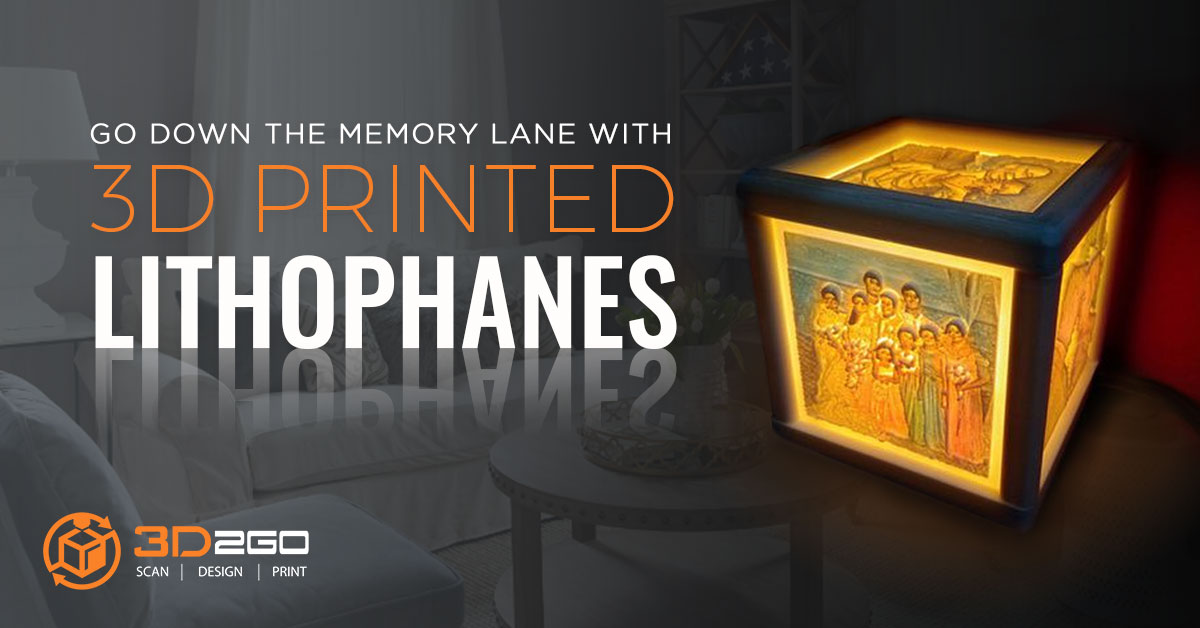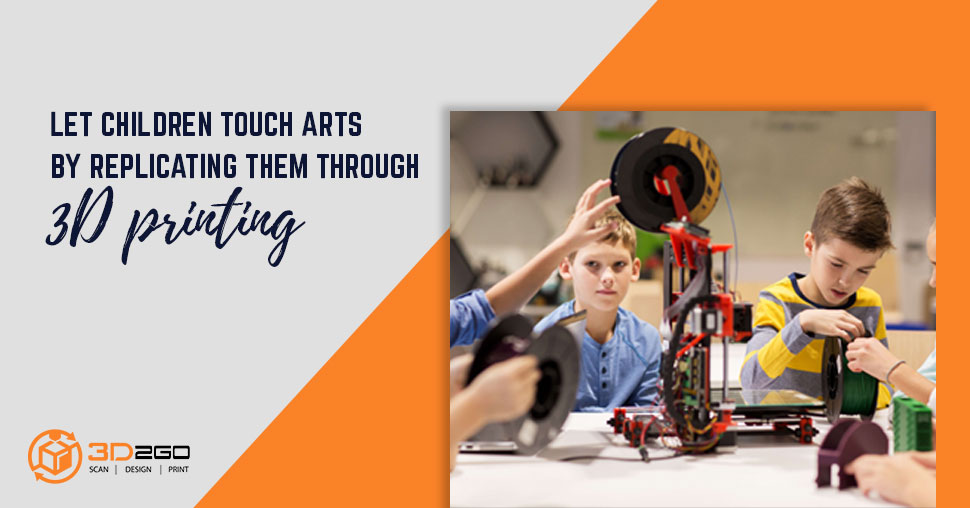3D Printing the Human Body
June 17, 2022Chinatown TV Features 3D2Go Philippines
June 17, 2022Recently, Google made headlines on the online news by launching the Tilt Brush, a evolutionary software that you can install in your Vive or VR-device so that you can create a 3-dimensional masterpiece that you can walk through in virtual reality world. Before that, a 3D-printed portrait of President Obama also made a few headlines as the Smithsonian Institution welcomed the three-dimensional sculpture like no other into its presidential collection.
This surge of 3d printing art has been building for several years, capped off now by a major art museum’s acceptance of the art-meets- science medium. In fact, Katherine Brooks, Senior Arts & Culture Editor of The Huffington Post once stated, "it seems no corner of the art world remains untouched by 3D printing’s growing influence, from architecture to dance to painting to music.”
The art industry has been not shy about using 3d printing art as another medium of expression. In fact there have been reports on the possible artistic applications of 3D printing technology since 2005.
“[3D printing] is so disruptive,” Developing Dreams’ Kati Byrne stated in a video for the “Break the Mould“ 3D printing art project. “It has the potential to change the way we create.” In November 2013 and 2014, some of the recent discoveries in 3d printing art was showcased at the 3DPrintshow in London, Several exposition artworks made with 3D printed plastic and metal were displayed for the viewer to admire. Several artists such as Joshua Harker, Davide Prete, Sophie Kahn, Helena Lukasova, Foteini Setaki gave talks and live demo that showed just how 3D printing can modify aesthetic and art processes. The main idea of these advances was that 3D printers can be used to create parts that are printed with specifications to meet each individual.
This makes the process safer and more efficient. Also, 3D printing is becoming more popular in the customized gifts industry, with products such as personalized mobile phone cases and dolls, as well as 3D printed chocolate.
There is no doubt that the art world is obsessed with 3-D printing. This revolutionary technology has become a popular medium among contemporary artists to make sculptures of objects and people.
To prove this fact, two Canadian art institutions, the National Gallery of Canada and Ryerson Image Centre, have joined forces to come up a $50,000 grant for artists to make work with 3D printers.
At York University’s sprawling Odette Sculpture Centre, 3D technology has been part of the core curriculum for sculpture students for years. Brandon Vickerd, who runs the school’s digital art lab, offers similar cautions. “Artists don’t develop technology, they develop ideas,” Vickerd says.
Students are taught to use the technology like any other medium, where they question their material and process at every turn. All in all, 3D printing offers a new and easier medium for artists to explore thier creativity in revolutionary ways. It brings creative thoughts to life by bringing together art and technology to produce some novel innovations that can pave the way for a better future.
With this new technology, the only limitation is our imagination and innovation.


